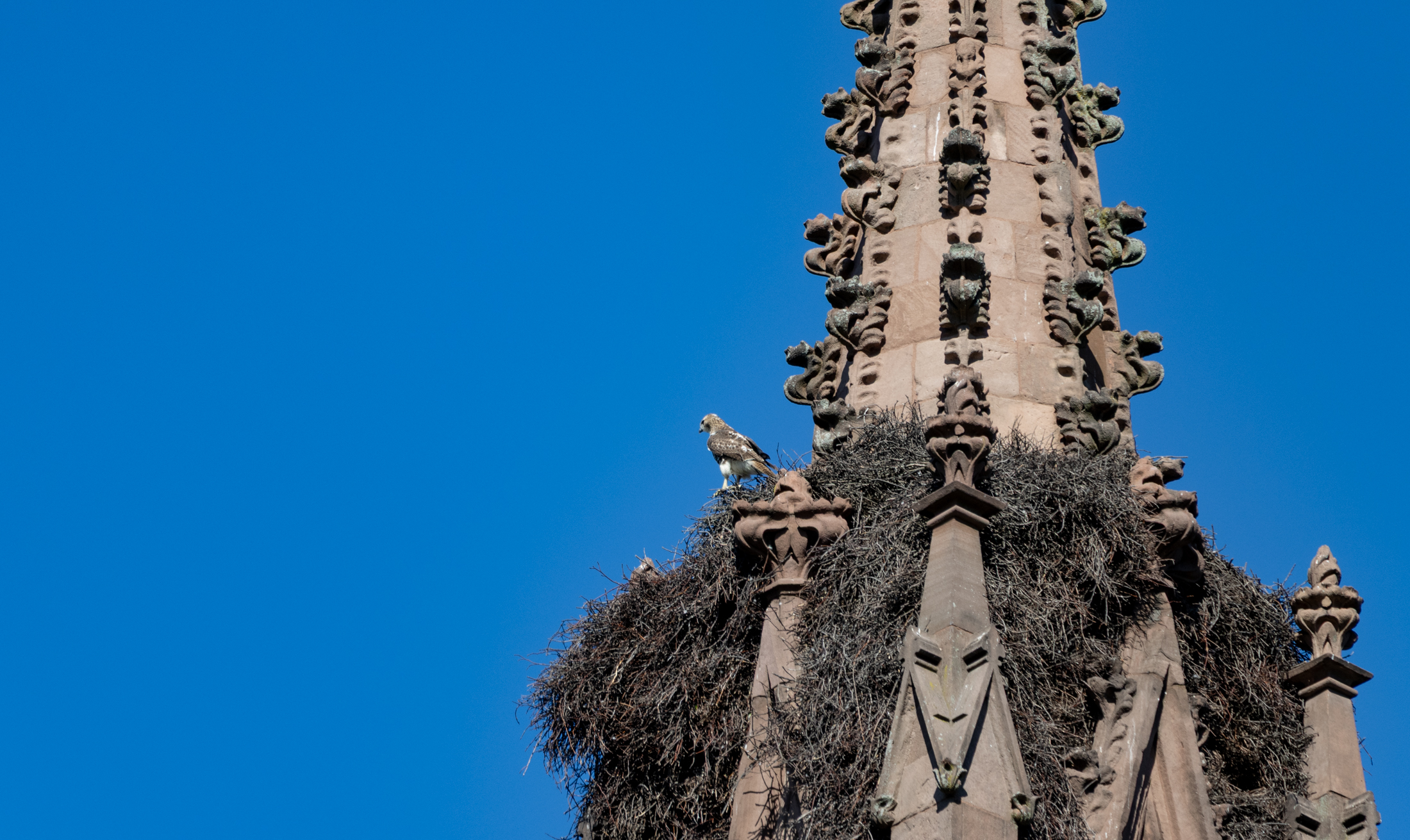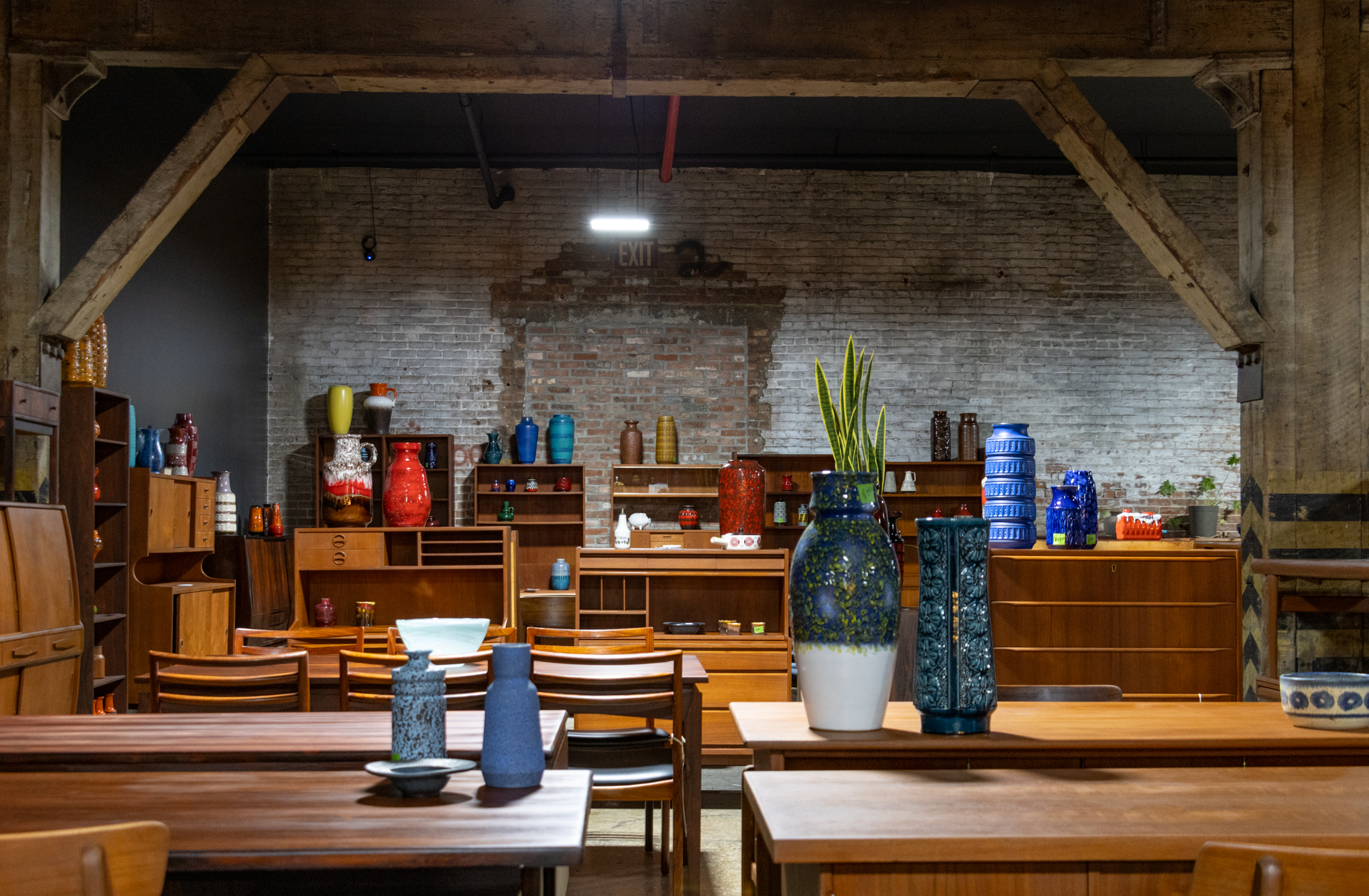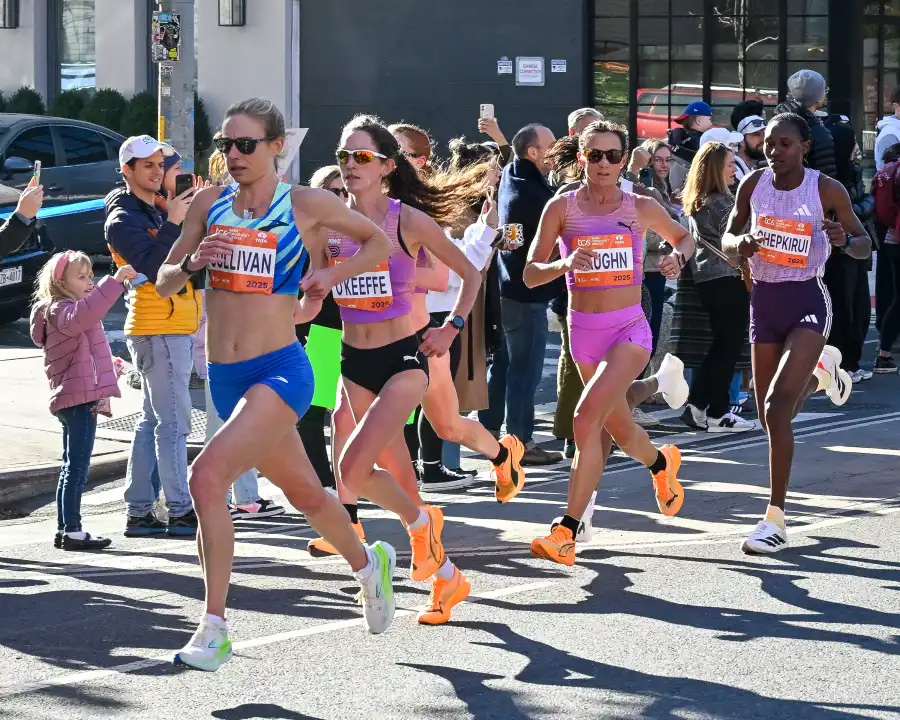BBP Housing Alternatives Still Being Considered
As part of the long process of pinpointing how, exactly, Brooklyn Bridge Park will generate revenue, the Brooklyn Bridge Park Corporation just issued a draft statement saying that alternative options to housing could generate as much as $7 million a year. (The park has an annual maintenance budget of $16 million.) Carroll Gardens Patch reports…


As part of the long process of pinpointing how, exactly, Brooklyn Bridge Park will generate revenue, the Brooklyn Bridge Park Corporation just issued a draft statement saying that alternative options to housing could generate as much as $7 million a year. (The park has an annual maintenance budget of $16 million.) Carroll Gardens Patch reports that out of the nine alternatives to housing, eight were considered. Meanwhile, a story in the Daily News notes the following: “Some of the money depends on a controversial idea to create a Park Improvement District, charging fees to surrounding businesses and property owners. Or officials could build new parking lots or step up private fund-raising. In total, the efforts could raise between $2.4 million and $7 million, consultants found.” Revenue from the to-be-residential Watchtower Properties, one of the most important sources of money, wasn’t fully examined because not all the financial info is available. State Senator Daniel Squadron said in a statement, “This draft shows it’s possible to fund the park without imposing a new fee on Brooklynites or building new on-site luxury housing.” Public comment on the matter will be accepted until April 23rd and the next public hearing on these alternatives will be at 6 pm on Monday, March 31 at the Saint Francis College Auditorium in Brooklyn Heights.
Alternatives to Housing Considered for BBP [Brownstoner]
Photo by Design Trust for Public Space





personally I think they will take some from column a and column b and reduce the amount of housing but not eliminate it(1bpp is already there too)
The housing footprint at least on pier 6 is already there is the two empty parcels and is not very large(IMO)…so you may see one tall or two smaller ones. The problem with two smaller ones is the higher floors(and height) are the most valuable….
smeyer, did you see my smiley face? Sarcasm doesn’t come through very well on a blog. 🙂
If you must know, I’m perfectly fine with the housing + hotel concepts on land that could have otherwise been used for recreation. It wouldn’t be my first choice if we could go back in time and restart this entire process, but as a solution to the predicament we’re in, I think it’s fine.
and Joe the State is not contributing one dime. All the new money comes from the City.
“devilish park housing” well we know your opinion….
Its the pilings that are expensive. The Port Authority spent 10 million years ago…work that will have to redone. The Port Authority and the City have given more than 75% of the money so far and the other 25% will come from the City.
Most of Central Park’s money comes from private sources but that is 100 years after it was built…with City paying for it all…
Joe, it is consistent on a per acre basis with Battery Park City, which is also a high-hort’, waterfront park.
The executive summary cites a range of fees of about $100-$400/year for a $750,000 class 1 (1-4 family) residence. It also cites “academic literature” to support projected increase in property values of 5% or more.
I think the high end of the fee range completely offsets any assumed property value increase, and does so in a hard cost compared to the soft cost of property value increase (only benefits you if you sell).
I really don’t see why the politicians think it will be an easier sell to push through this local tax increase, than to just revisit the premise of the original park MOU that it must be self-sustaining and can’t take any general revenue support.
Of course the cynics will say the presentation of the tax plan is just a smokescreen to make the devilish park housing idea look more palatable. 🙂
I think someone needs to look at the cost of maintaining this park. $16 million is a huge amount of money. Has anyone compared this with the cost of maintaining other city parks. Does this include a full administrative staff for BBPC? How much would it cost if the Parks Dept. did the work? I’m thrilled that the State was willing to fund the construction of the this new green space but I think we need to get realistic about what it actually costs to maintain this park.
One BBP became part of the park because the City agreed to allow it. The City has said no more and the city controls the park now. Before that it was State dominated(if you read the report the one entity that didn’t pony up its share of the money was the State) The park needs to be self sufficient for maintenance-that was the agreement when the park was set up and has not changed. All of the alternatives except the BID were considered before. Parking on Furman Street would mean that it can’t be two ways. That was supposed to be done to improve access.
BTW the Watchtower says their buildings aren’t for sale and who will buy them and put them in the park anyway?
No one is thrilled with housing in the park but it is the one that brings in maximum revenue in a mostly assured way.
Its interesting if you read the report many of the park that are cited as examples have serious money issues and problems….and yes I read it this AM…
I think the fees they’re talking about for homeowners are really small – $100 or less is what I remember reading somewhere. Seems like something totally reasonable in exchange for a fantastic new park right around the corner. It also seems roughly equivalent to becoming a member of your local park conservancy – just that it’s mandated, thereby spreading the costs out as much as possible among those who benefit the most. Sadly, you get what you pay for these days. Someone’s got to pay for BBP, and makes sense to me that it should be the folks that live nearby. (Plus, it’s increasing property values a nice chunk)
The Watchtower buildings will eventually turn over to residential use and should be treated like One BBP. But the question is when will the Witnesses sell? They are in no hurry and I assume they will want to unload the Bossert first.